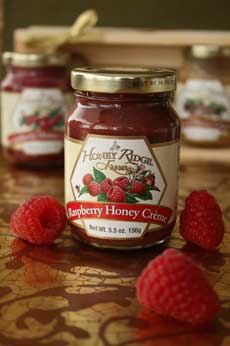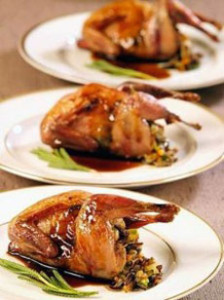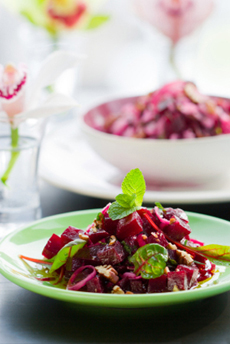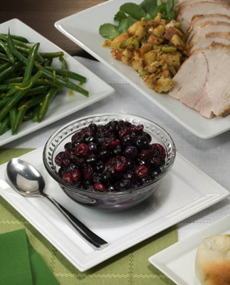|
Here’s something sweet and better-for-you: honey is lower on the glycemic index than sugar.
These superior flavored honeys from Honey Ridge Farms are blended with fruits or spices. Luscious, yet light on the palate, these honey crèmes are delicious on just about anything.
Spread on toast, scones, pancakes and waffles
Top ice cream
Use as a cheese condiment
Add to grilling sauces or marinades
And by all means, sweeten tea or other beverages
Flavors include Apricot, Blackberry, Cranberry, Lemon, Raspberry and Spiced (Cinnamon). The line is certified kosher by Oregon Kosher.
You can purchase individual jars or a lovely gift crate with three 5.5-ounce jars:
Honey Crèmes, two 12-Ounce Jars, your choice of flavors
Honey Gift Crate With Three 5.5-Ounce Jars: Apricot, Blackberry & Clover
Honey Gift Crate With Three 5.5-Ounce Jars: Cranberry, Raspberry
& Spiced (Cinnamon)
Learn all about honey, how to pair honey and food, and find recipes in our Honey Section.
Discover the fascinating history of honey.
|
|

A gift box of Honey Ridge Farms Honey
Crème is a sweet, better-for-you gift.
Photo by River Soma | THE NIBBLE. |







